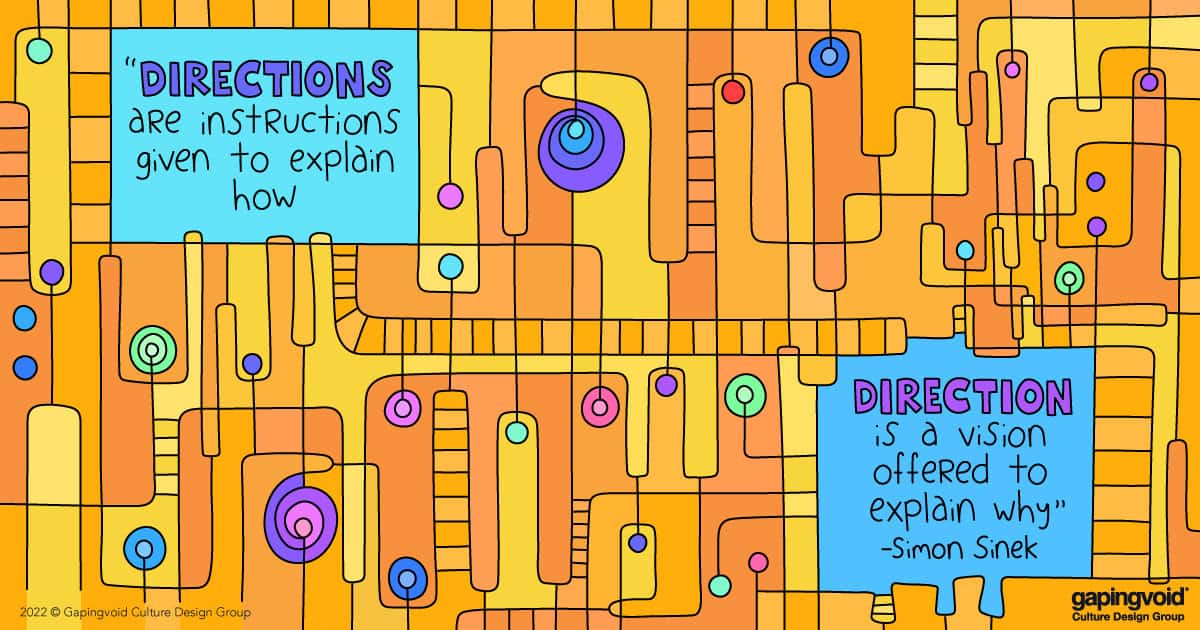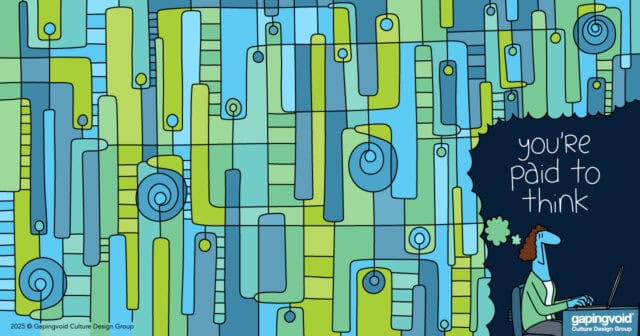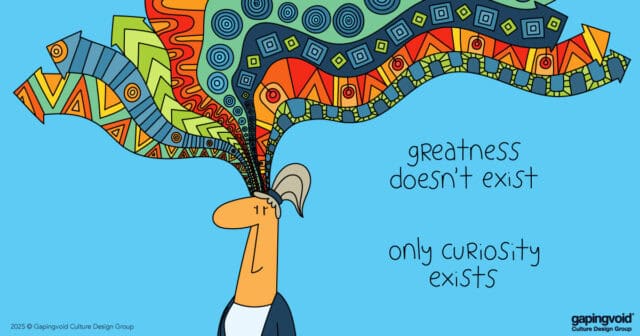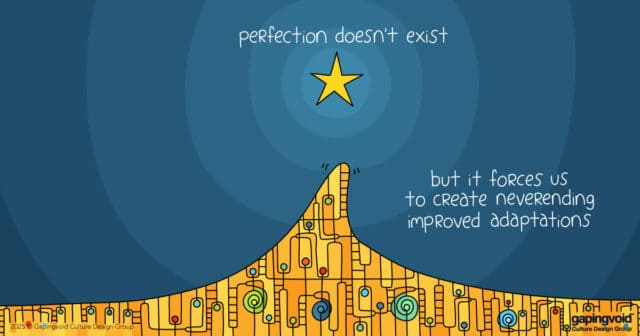
Oblique: “having a sloping direction, angle, or position. e.g. Through the window came the last few oblique rays of evening sunshine. He gave her an oblique glance. We sat on the settee oblique to the fireplace.”
A while ago, the famous and influential musician, Brian Eno, and his friend, the artist Peter Schmidt, came up with the “Oblique Strategies” card deck. Like it says on Eno’s website:
“In 1975, Peter Schmidt and Brian Eno created the original pack of Oblique Strategies cards, through thinking about approaches to their own work as artist and musician… it constitutes a set of over 100 cards, each of which is a suggestion of a course of action or thinking to assist in creative situations.”
Some of their strategies include: ask your body, balance the consistency principle with the inconsistency principle; be dirty; breathe more deeply; bridges -build -burn; cascades, and so forth.
They’re pretty vague, right? But that’s the whole point. Oblique Strategies is built on the idea that true creativity comes from unexpected directions, so attacking the problem directly in a linear, logical manner will probably fail. Hence “obliquity.”
And there’s a lot to be said for that. In his TED Talk, the economist, John Kay, talks about “obliquity,” and how complex human outcomes are most successful when approached through indirect means. On a deeper level, Kay’s theory applies to a significant challenge in today’s data-driven, fact-based business environment. The unpleasant truth is that people are often looking for a checklist of steps to follow to achieve their desired outcome, but what we see all around us is that complex human endeavors involve trial, error, estimation, gut, and a willingness to fail.
A great example of this is the quest to create fusion power and its recent developments. The desired outcome has been known for decades (harness the power of the sun and the stars to create clean energy). There was no direct route because there simply wasn’t a known path, yet here we are over fifty years and billions of dollars later and a fusion experiment was finally successful in creating a net energy gain. Undoubtedly, there is still no direct path for your local power company to build a fusion reactor, yet the effort continues obliquely. We are surrounded by other examples. The war in Ukraine is one that needs no explanation. Russia thought there was a direct path. They were wrong.
And so it goes with culture transformation. Executives often seek a direct path. They are sold on the idea that quantitative employee data will illuminate the way, but this is a misunderstanding of the human condition. Putting hard numbers to human sentiment is a fruitless endeavor and fails to acknowledge that how people feel about work can only be understood through capturing stories and narratives.
So most organizations continue down a path of quant assessments and core values that have little effect, and the cycle continues. As we recently wrote, the fact that our lives, our businesses, and our organizational cultures are complex, oblique, living systems is what makes them meaningful. And to change them in any meaningful way requires adaptability, dynamism, and a fair amount of dancing.



